Feeling frazzled? It might not just be your schedule—it could be your surroundings. The constant hum of life, from cluttered rooms to overstimulating décor, can make it nearly impossible to find your center. A dedicated meditation corner could be the sanctuary you're craving, and the right setup can make all the difference. Our experts at Pieratt's are here to guide you in creating a space that feels as peaceful as it looks!
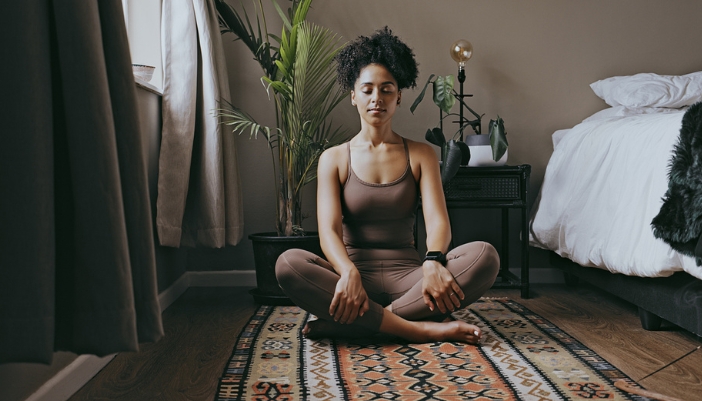
Comfort First: Furniture for Stillness
Your meditation corner deserves more than a pillow borrowed from your couch—let's make it a space you'll actually want to use every day. The right furniture isn't just about comfort; it's about creating a foundation for stillness and focus.
- Meditation Cushions: Choose a firm yet comfortable cushion to support proper posture. Look for options that elevate your hips slightly above your knees to ease strain.
- Low Benches: A meditation bench offers great support if you don't like sitting cross-legged. Opt for one with a slight incline to keep your spine aligned.
- Multi-Functional Pieces: Short on space? Go for a pouf or ottoman that doubles as a meditation seat and extra seating in your home.
- Floor Mats or Rugs: A soft rug or mat beneath your seat can add comfort while grounding the space, both literally and metaphorically.
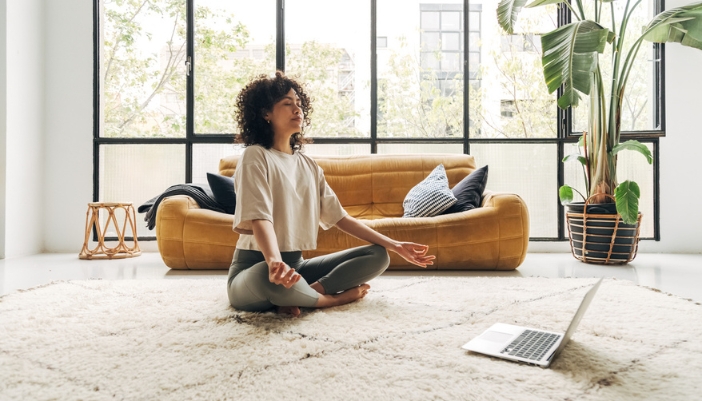
Natural Calm: Colors and Textures
Colors and textures aren't just about aesthetics—they set the tone for how your space feels. Bold hues and synthetic materials can overstimulate the senses, but natural, calming elements create an environment where your mind can truly unwind.
- Calming Colors: Soft blues, earthy greens, and neutral tones like beige or cream work wonders for promoting peace. Stay away from vibrant or neon colors that can distract you.
- Natural Textures: Incorporate materials like wood, cotton, wool, or linen. These textures connect the space to nature, grounding you in simplicity and serenity.
- Layered Textures: Mix and match subtle textures, like a woven throw on a smooth wooden bench, to keep the space inviting without overwhelming it.
- Plants for a Natural Touch: A small potted plant or dried flowers can bring life to the corner while enhancing a sense of tranquility.
Pro Tip:
Want to boost the calming vibes? Consider adding a piece of driftwood, a smooth stone, or another natural element you've collected. It adds a personal connection to the space.
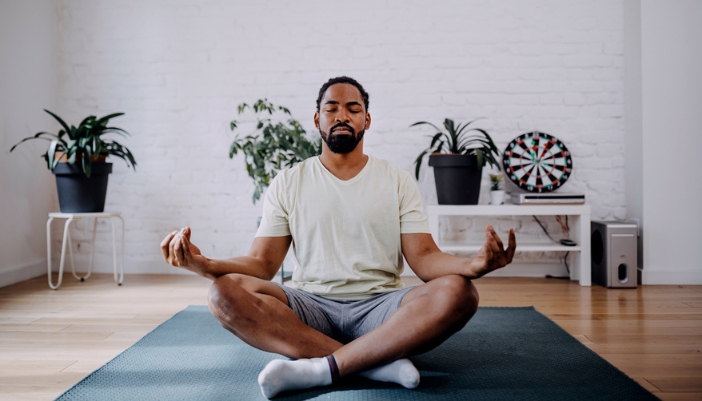
Soft Glow: Lighting for Relaxation
Lighting has a powerful effect on your mood, and harsh overhead lights aren't exactly the vibe for a calming meditation space. Soft, adjustable lighting helps you shift into a more serene headspace while creating a cozy, inviting atmosphere.
- Dimmable Lights: A lamp with dimmable settings lets you control brightness to match your mood or the time of day.
- Candles or Tea Lights: The gentle flicker of a candle adds a soothing, almost hypnotic element to the space. Opt for unscented or subtly scented candles to avoid overwhelming your senses.
- Salt Lamps: Known for their warm, ambient glow, salt lamps provide gentle lighting that is perfect for winding down.
- Natural Light: Set up near a window to take advantage of soft, natural daylight during your sessions. Add sheer curtains to filter direct sunlight and create a peaceful glow.
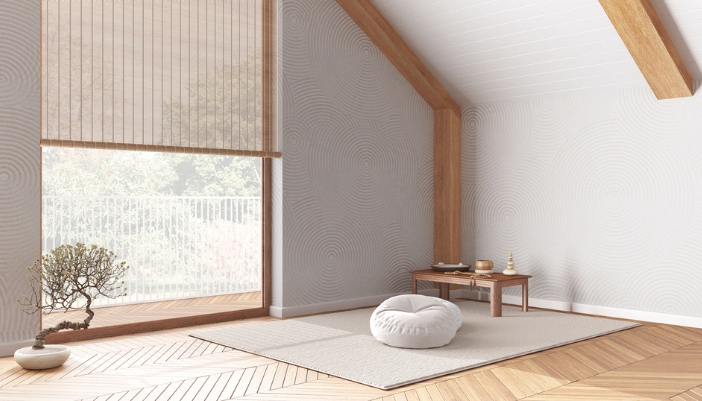
Less Is More: Embracing Minimalism
A cluttered space leads to a cluttered mind. In a meditation corner, less is more. Keeping things simple and organized allows you to focus on your practice without distractions.
- Limit Décor: Choose a few meaningful or functional items, such as a small plant, a single piece of calming art, or a neatly folded blanket.
- Hidden Storage: Use baskets, small bins, or storage ottomans to keep items like extra cushions, journals, or candles tucked away but easily accessible.
- Clear the Surrounding Space: To maintain a sense of serenity, keep the area around your corner tidy, even if it's part of a larger room.
- Avoid Overloading the Space: Resist the urge to fill every inch. Negative space isn't empty—it's peaceful.
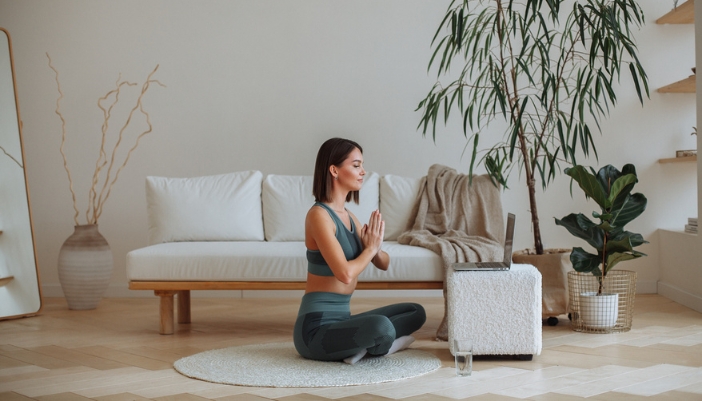
Personal Peace: Adding Your Touch
Your meditation space should feel like it's truly yours. Thoughtful, personal touches can inspire a deeper connection to your practice while keeping the space functional and calming.
- Meaningful Items: Add objects that bring you peace or joy, like a favorite crystal, a small statue, or a family photo that reminds you of love and connection.
- Calming Art: A simple piece of wall art or a framed nature photo can set the tone without overwhelming the space.
- Incorporate Aromas: To enhance the calming atmosphere, use a subtle essential oil diffuser with scents like lavender or eucalyptus.
- Journal or Reflection Tools: If journaling is part of your practice, keep a simple notebook and pen nearby for easy access.
Pro Tip:
Rotate your personal items occasionally to keep your space feeling fresh and inspiring. This small change can reignite your enthusiasm for daily meditation.
Your Space Awaits!
Your home should have a corner where the world's chaos can't touch you—a place to breathe, reflect, and recharge. Whether you're searching for the perfect meditation cushion, a cozy low bench, or storage solutions to keep your space clutter-free, our experts at Pieratt's are ready to help. Stop by to explore our selection of versatile furniture and serene décor options, and feel free to ask us any questions about designing your peaceful retreat. Let's create the sanctuary you deserve!